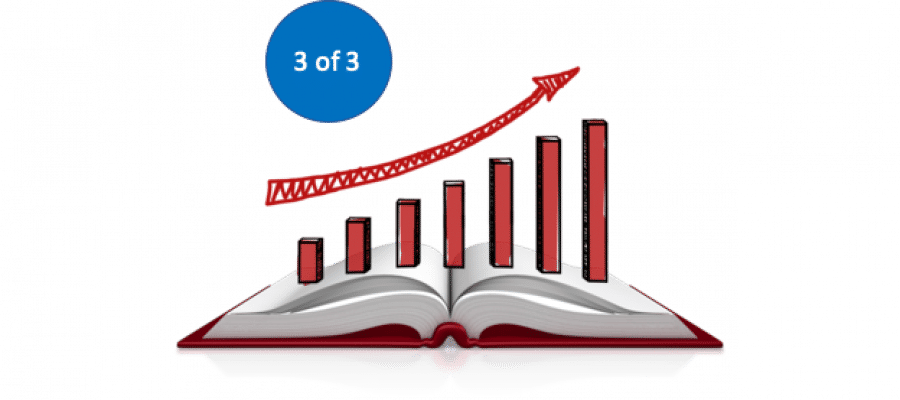Important elements of Product Economics – Episode 3 of 3

What is Product Economics?
Product economics are models for production, competitive advantage and consumer behavior that are applicable to product marketing. This includes product differentiation, relative advantage and pricing theory that is useful in developing and marketing products. Products here mean products and services that solve real-world customer and user problems.
In the earlier two episodes, we discussed few elements of Product Economics along with real-world examples where they are applied. Here are some more elements.
Few elements of Product Economics:
Market Saturation:
Definition:
Market saturations occurs when sales of a product or service have reached the customer needs. In this case, the further expansion will be reduced since the demands are met. A given product may reach market saturation because there is a drop in consumer confidence or, alternatively, because it is outdated and no longer needed. The problem of market saturation has also caused many companies to change their revenue models, especially when product sales begin to slow.
Example:
- IBM, for example, changed its business model toward providing recurring services once it saw saturation in the large computer server market.
- A brand with 70% market share in snowboard gear is unlikely to expand much further.
Product Demand
Definition:
Customer willingness to purchase a product or service at a given price. Demand is a basic economic force that drives product revenues. The customers may not consider a company if it doesn't have the ideal value they're looking for. Unsought products are products of little or no demand.
Example:
- If a movie is entertaining with good reviews, then more people demand to watch the movie.
- When the consumers demand more amount of water resources during summer, the water firms like Bisleri will get benefited since it has the best quality and is more likely to be successful but its temporary.
Premiumization
Definition:
A competition to offer higher quality items that consumers value. This is the opposite of commoditization. Premiumization occurs in a product category, market industry where the customers are willing to pay more high-quality products.
Example:
- Apple is a premium product. Apple Macbook cost 75000 rupees but other normal laptops cost only twenty thousand. This is because MacBook has good security facilities, it is stylish looking and has a high durability.
- A battery producer might upgrade his batteries in the case of durability to increase the quality of the battery so that the consumers pay more for his high durability batteries compared to the normal ones.
Rule of Three
Definition:
Large mature markets are dominated by three competitors. A company that dominates an industry with few competitors is vulnerable to competition. The smaller competitors sometimes must merge in the top three competitors to ensure benefits. Large dominant firms tend to be less responsive to customers hence it might even bring in another competitor
Example:
- In the fast-food business sector, the top three competitors dominate the market such as KFC, McDonald's and Domino's. The other smaller firms face tough competition to sell their fast-food products, hence have to either merge or need to have more effective ways to attract consumers.
Sustainable Economics:
Definition:
Sustainable economic growth is economic development that attempts to satisfy the needs of humans but in a manner that sustains natural resources and the environment for future generations. Every company needs to be sustainable since it is another factor that attracts the customers and to ensure environment conservation.
As stated in the Agile Manifesto written by a group of 17 thought leaders during 2001, "Agile processes promote sustainable development. The sponsors, developers, and users should be able to maintain a constant pace indefinitely"
Example:
- An industry can treat the affluence coming from it and then release it ensure that there is no harm to the environment.
- A food serving business can use recyclable plates and spoons instead of the ones made with paper which need to be disposed.
- An Agile team can choose to be sustainable by delivering products and services in a sustainable manner, rather than going fast in the initial iterations that may not sustain in a longer run.
This concludes the 3 episodes about the important elements of Product Economics and real-world examples. If you have any feedback or suggestions, please provide below.
References:
- Definitions from www.Simplicable.com
- Examples from Wikipedia.
- www.AgileManifesto.org



